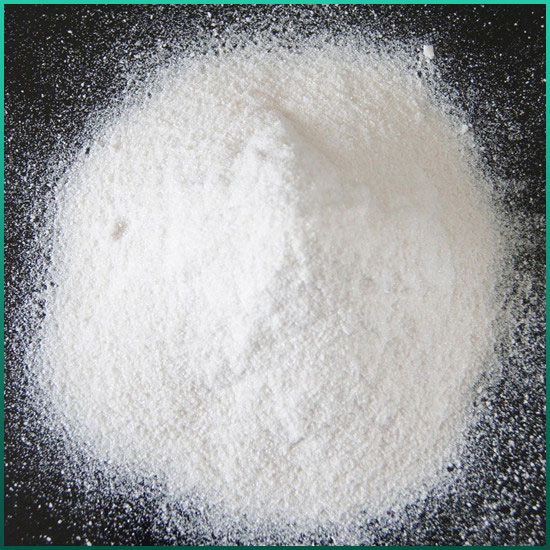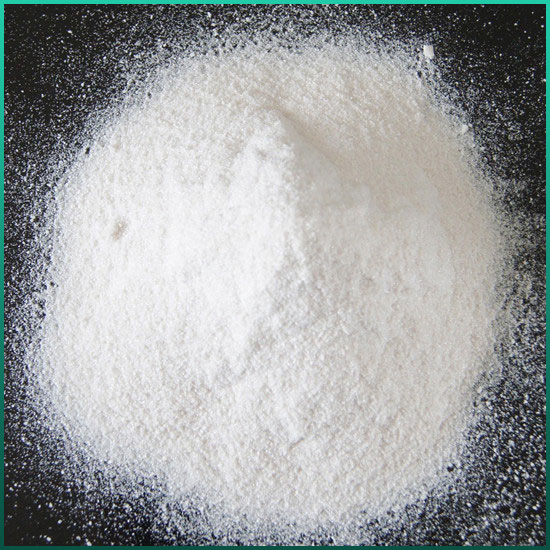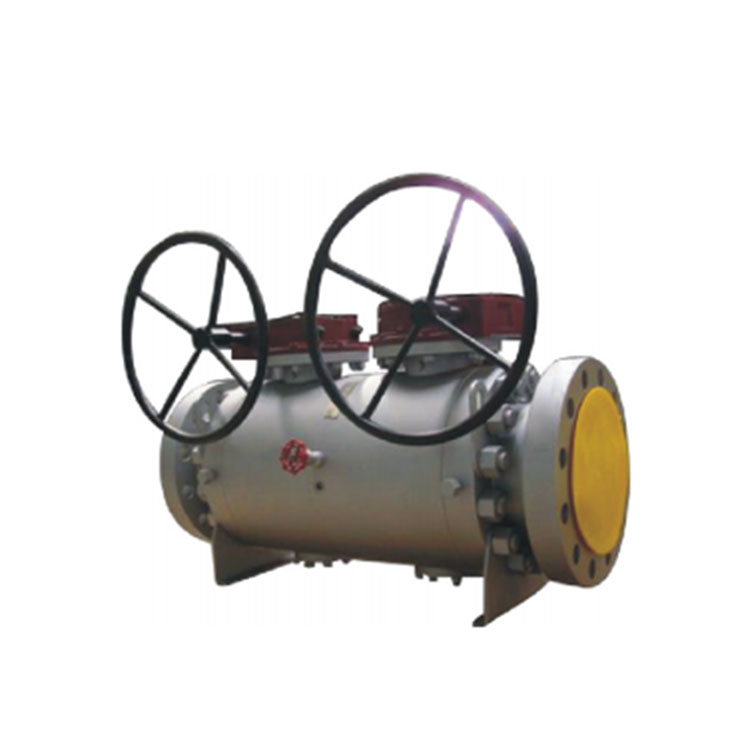How does the synthesis of 9H-fluorene compare to the preparation of other polycyclic aromatic hydrocarbons?
The synthesis of 9H-fluorene, a polycyclic aromatic hydrocarbon (PAH), involves the fusion of three benzene rings. It can be achieved through various methods, and its synthesis is generally considered relatively straightforward compared to the preparation of some other larger and more complex polycy......
Send Inquiry
Product Description
The synthesis of 9H-fluorene, a polycyclic aromatic hydrocarbon (PAH), involves the fusion of three benzene rings. It can be achieved through various methods, and its synthesis is generally considered relatively straightforward compared to the preparation of some other larger and more complex polycyclic aromatic hydrocarbons.
Synthesis of 9H-fluorene:
One common method for synthesizing 9H-fluorene is the dehydrogenation of 9,9-dimethyl-9H-fluorene or 9,9-diphenyl-9H-fluorene. The reaction typically involves heating the corresponding 9,9-dimethyl or 9,9-diphenyl fluorene in the presence of a dehydrogenation catalyst, such as copper chloride, at elevated temperatures.
Comparing to other PAHs:
The synthesis of 9H-fluorene is relatively simpler compared to larger and more complex PAHs with multiple fused rings. The difficulty of synthesizing polycyclic aromatic hydrocarbons generally increases with the number of rings and the complexity of the molecule. For example:
1. Naphthalene (two benzene rings) is simpler to synthesize than fluorene (three benzene rings).
2. Phenanthrene (three benzene rings) is more challenging to synthesize than naphthalene.
3. Pyrene (four benzene rings) and other larger PAHs become progressively more difficult to synthesize due to increased steric hindrance and potential regioselectivity issues.
The synthesis of larger PAHs often involves more complex and multi-step procedures, including cyclization reactions and the use of specific catalysts or reagents to control the regiochemistry of the reaction. Additionally, some PAHs are naturally occurring and can be isolated from various sources, while others are entirely synthetic and require more intricate synthetic routes.
Overall, the synthesis of 9H-fluorene is relatively straightforward compared to the preparation of larger and more complex polycyclic aromatic hydrocarbons. However, the synthesis of any PAH may require specific expertise in organic chemistry and a thorough understanding of reaction mechanisms and techniques.









